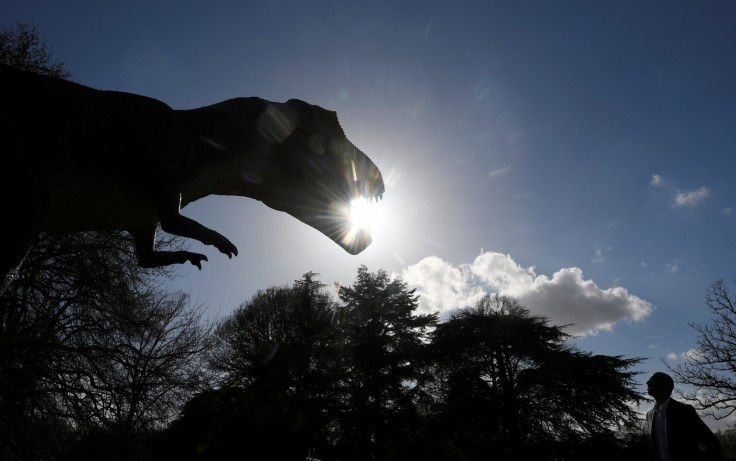Racing birds could explain how giant dinosaurs moved and lived several million years ago
Scientists raced as many as 12 bird species on an enclosed track to understand and relate their locomotive traits to those of long-extinct dinosaurs.

A group of Australian researchers are racing birds to know more about the history and movement of dinosaurs.
Birds are believed to have evolved as an avian avatar of dinosaurs that didn't go extinct. They are way smaller than their long-dead sibling, but Peter Bishop from Queensland Museum and colleagues believe studying the movement of the creatures could be critical to understanding how bipedal dinosaurs moved and thrived several million years ago.
"You'd be foolish to start anywhere else," Bishop, who is also the lead author of the study, told The Guardian.
Bishop's group took 12 bird species, including the Australian White Ibis, and raced them on an enclosed track to see how their movement and gait varied with an increase in speed.
"There were literally dozens of ibis living in the waterways around the campus. So we said right, we'll study a few of you then," the researcher said.
As they watched the birds weighing 45-80kg race, several variations were noted. This included the force exerted by their feet, racing posture, stride length, and the change from walking to running.
This helped them work out a predictive model which could use data from fossils and reveal how massive theropod dinosaurs like the famous Tyrannosaurus rex aka T-rex would have moved in the past, with features like the length of every stride and the force exerted per step.
Pinning down the way of dinosaur locomotion could answer a number of questions about their way of living such as how they fed, found mates, and avoided even bigger predators. Scientists could even get new insights into how the creatures evolved and got the ability to fly.
The work has been published in journal PLOS One.
It could be months before such predictions are actually made. The model is at a nascent stage, and more data and tests would be needed to replicate it for dinosaurs or any animal with a larger mass.





















